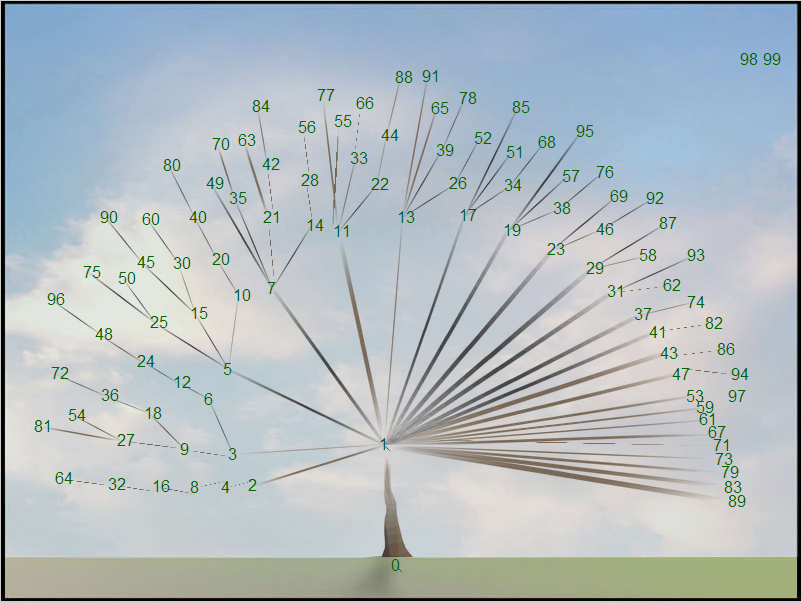The Prime Composite Dance
In this blog, I have written quite a number of articles about prime numbers. In one of my posts, I have emphasized that geometrically, the dots that represent a prime number can only be arranged in a 1 x p rectangular arrangement where p is prime. Composite numbers on the other hand, can be arranged geometrically into more than 1 rectangular arrangements.
Stephen Von Worley has given a more beautiful definition of primes and composites in his Factor Dance Animation . The brilliant animation is a rearrangement of dots (circles) that represent numbers into different groups every second. Its aim is to show the “compositeness” and “primeness” of numbers from 1 up to 10,000. Worley’s program used the algorithm Brent Yorgey, the writer of The Mathematics Less Traveled.
You can read more about the animation at Wolrey’s post titled Dance, Factors, Dance. You may also want to watch the beautiful animation.


